New in March 2023, the Andalusia Interpretive Center is one of the most anticipated projects to come as a result of Georgia College’s acquisition of the historic property. The Interpretive Center sits just off of Highway 441 only a few miles north of Milledgeville at the front gates of Andalusia Farm, the home of Flannery O’Connor. O’Connor is one of the most notable authors of southern gothic literature in the mid-20th century, writing short stories and novels addressing religion and her experience in the American South.
Throughout the last 60 years since Flannery’s untimely death due to lupus, scholars worldwide have studied the historic farm property and its cultural impact on the writer and her works. Some of Flannery’s personal and professional belongings have made their way to the Interpretive Center at Andalusia where they are on display for visitors to see.
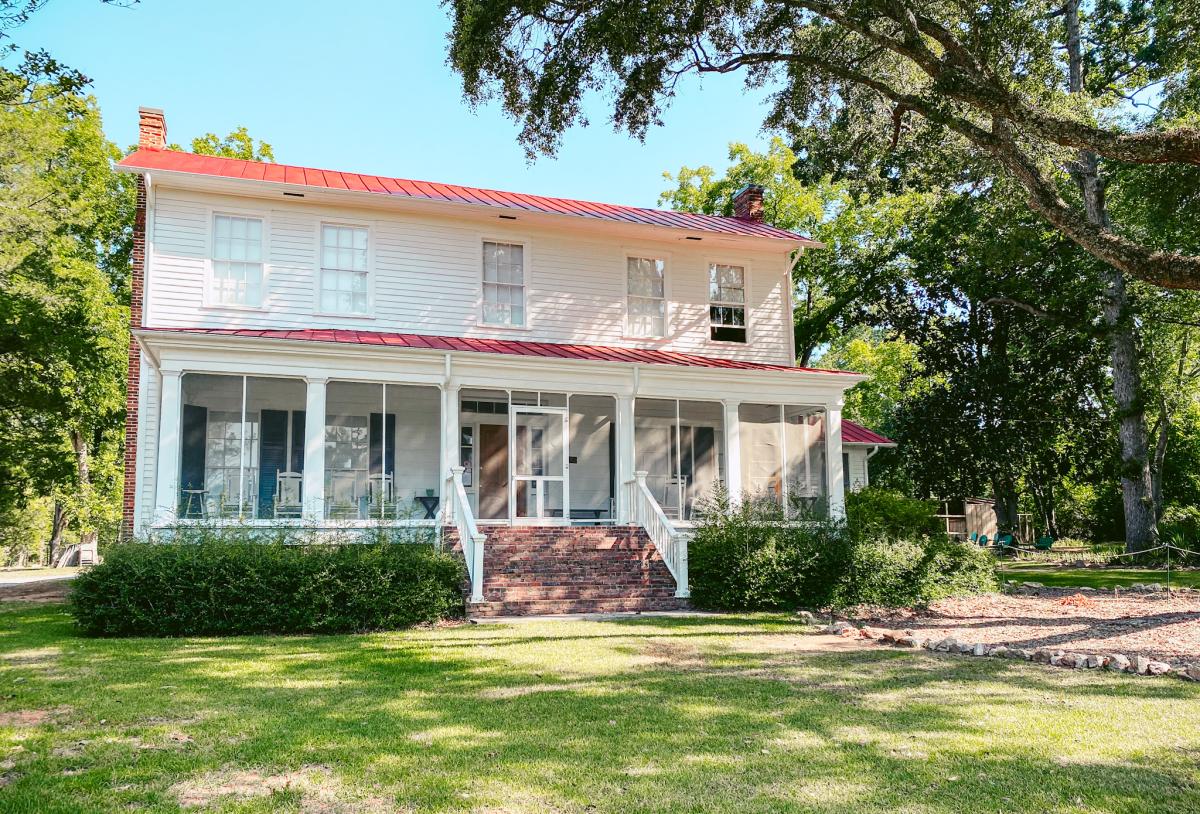
Life at the Farm:
Flannery’s uncle, Dr. Bernard Cline purchased the farm in 1931 and proceeded to restore the farm to use as a hunting retreat as well as housing a variety of livestock including chickens, horses, and cows. Regina Cline O’Connor, Flannery’s mother, was the primary manager of the farm and knew of almost everything happening on the property after moving into the main farmhouse in 1951. Regina made pivotal business decisions like shifting the farm from a dairy operation to a beef cattle business in the early 1960s.
Aside from when she was physically able to travel, Flannery and her mother kept a simple schedule day to day. The O’Connors also had many connections to family and friends throughout Milledgeville whom they closely kept in touch with. Regina managed the farm and Flannery took inspiration from their life to create some of her most notable works. Many farmhands and workers were always traveling in and out of the area, giving O’Connor a variety of real-life characters to draw inspiration from in her writings.

Modern Interpretations of the Property:
Georgia College staffs Andalusia Tuesday- Sunday and offers guided tours every hour. Tours on the property now start at the Interpretive Center space, the entrance is located at the side of the modern building. Guests are greeted by one of the most iconic pictures of Flannery, her standing on the steps of the Andalusia Farmhouse with her peacocks.
Inside the display space, historians and curators have expertly gathered a variety of artifacts and belongings that tell the story of not only the O’Connor’s time at the property but the inhabitants that came before them. First settled by the Muscogee Creek nation, then a series of landowners who used the property as a cotton plantation beginning in 1814, the Cline’s ushered in a new era of agriculture beginning in 1931 through the 1960s. The timeline wall in the exhibit is important to not only get your bearings when visiting the property but to understand the longevity of the farm.
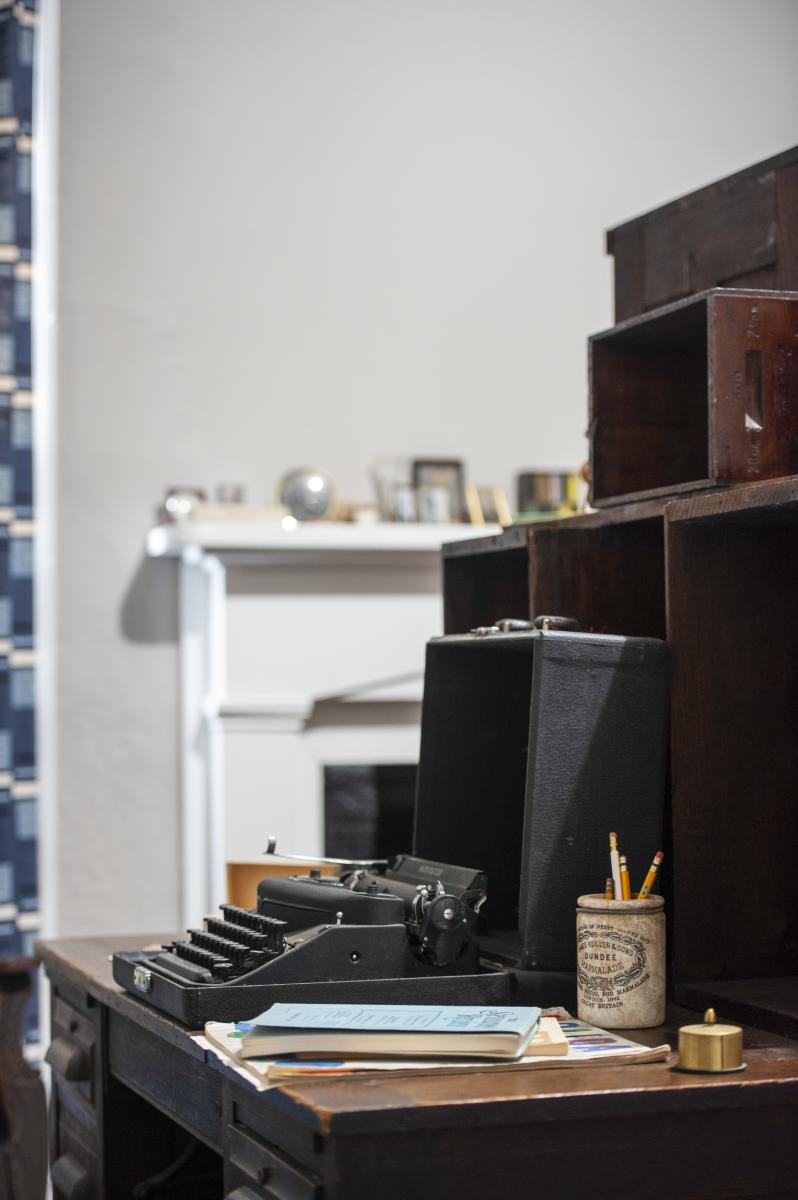
Andalusia Farmhouse:
When touring the home, guides will explain the dynamic of the family, both personally and professionally. Flannery and her family resided on the main level of the home, it was not only the center of their private lives but Regina also managed the farm from her office in the middle of the home. Flannery lived in a renovated parlor room adjacent to her mother’s room and near the kitchen. She was also conveniently located next to the main living spaces where she hosted friends and media. During the 13 years she lived at Andalusia (1951 - 1964), Flannery completed the bulk of her literary work including Wise Blood and A Good Man Is Hard to Find.
As a result of the Andalusia Interpretive Center project completion, the Andalusia Farmhouse will be restored entirely to the design of the 1950s and 60s when the O’Connors resided at the home. Two rooms upstairs, Regina O’Connor’s bedroom, and other areas that were previously unavailable will be permanent installments in the house in the coming years.
Discover More

5 Flannery O'Connor Sites of Interest
Renowned as one of America’s greatest short-story authors, Flannery O’ Connor was a visionary in the field of Southern gothic literature. Deriving...
Learn More
 Things To Do
Things To Do
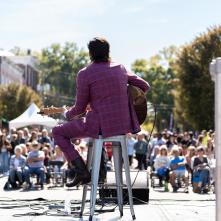 Events
Events
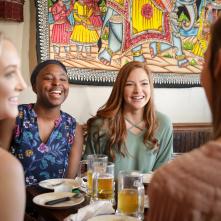 Food & Drink
Food & Drink
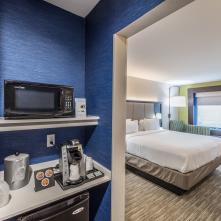 Hotels & Lodging
Hotels & Lodging
 Plan Your Trip
Plan Your Trip

